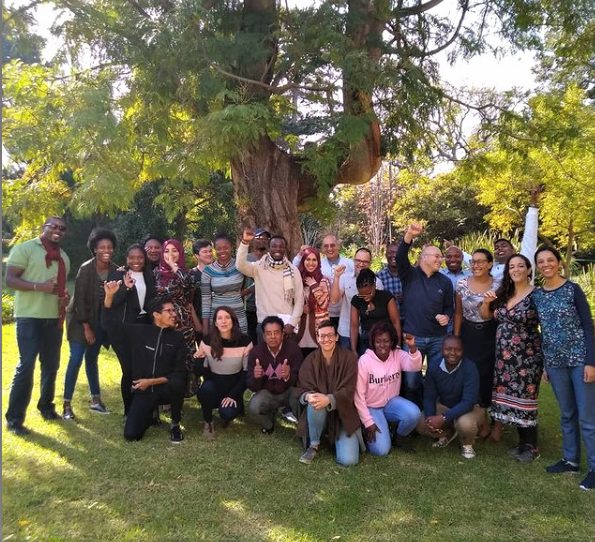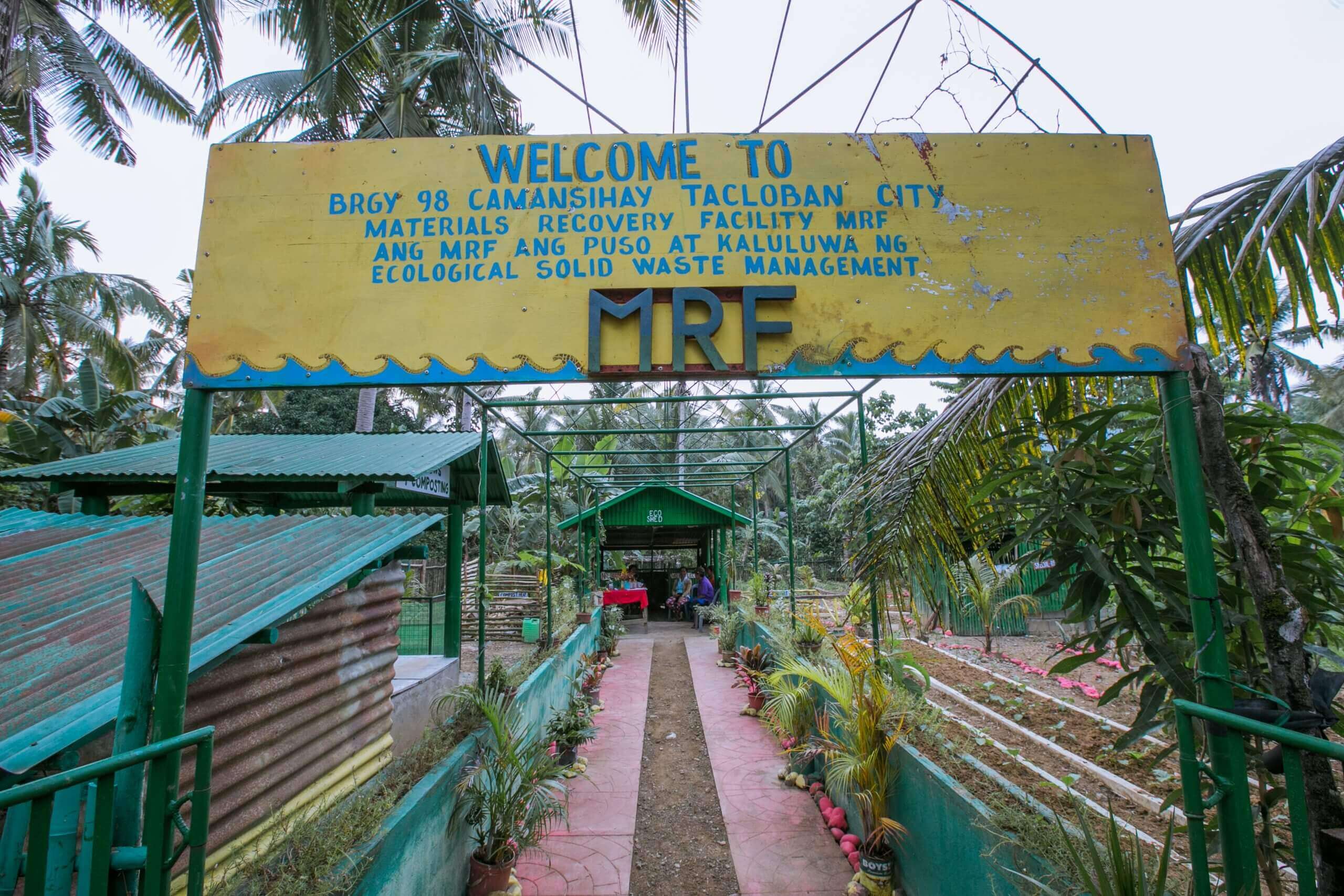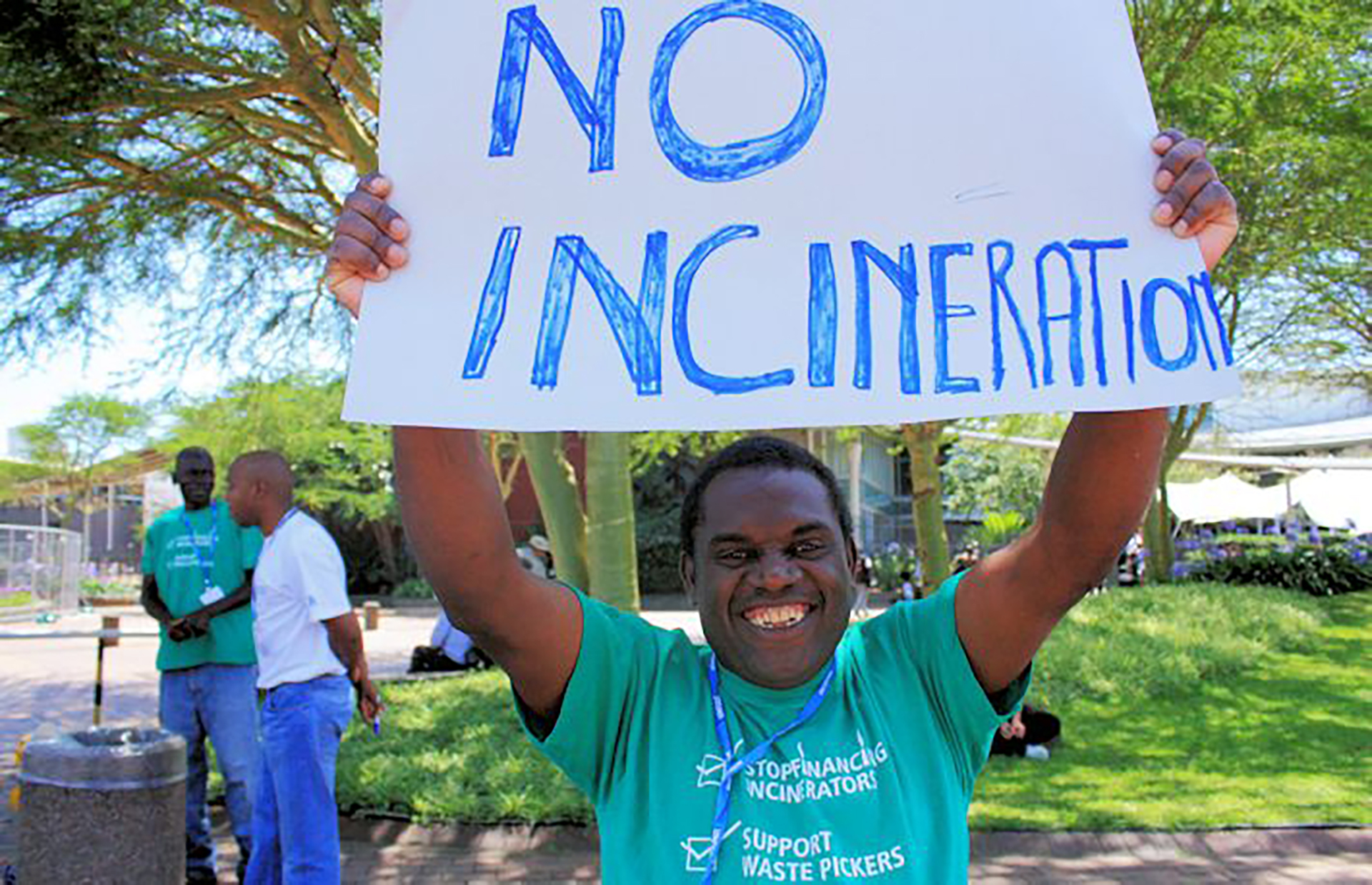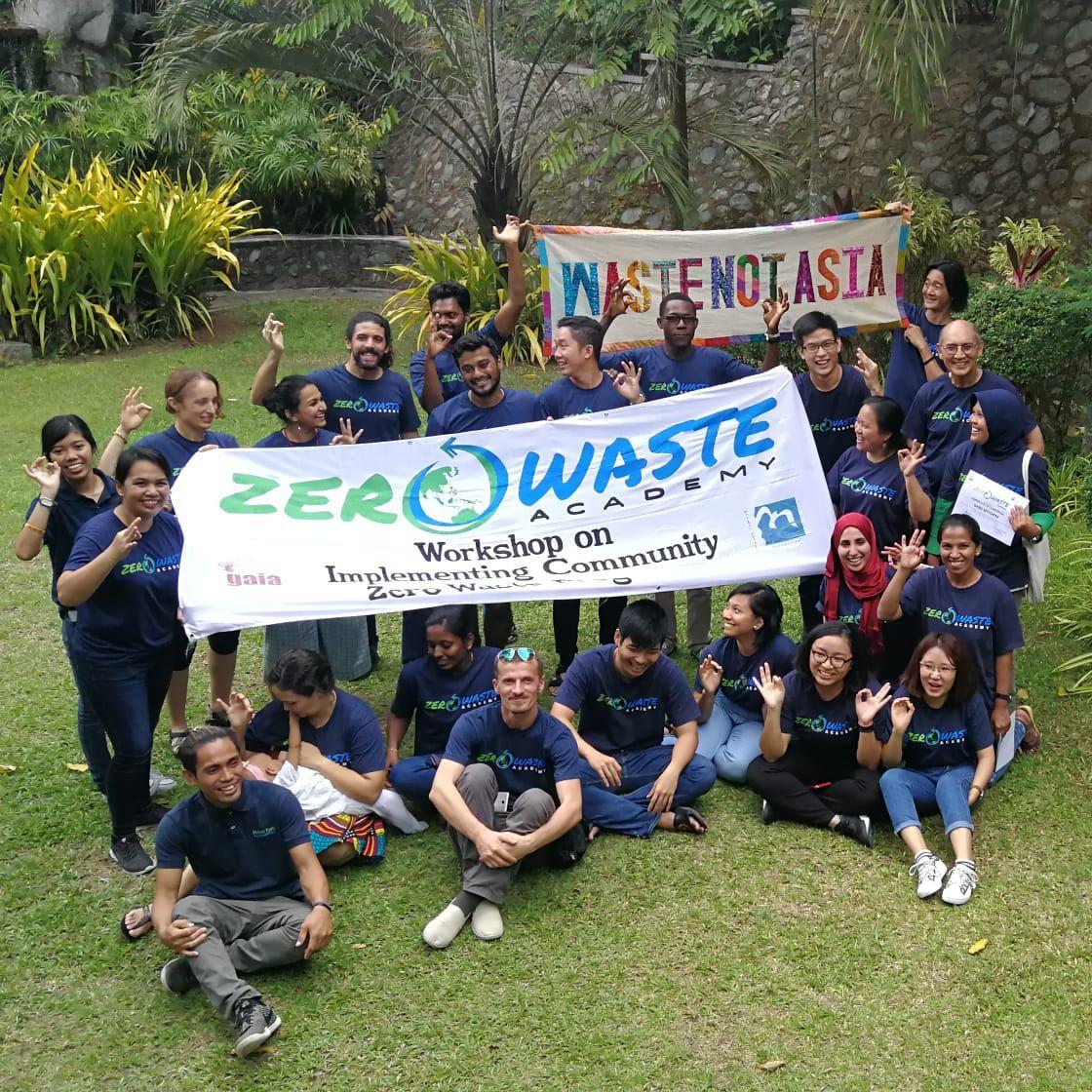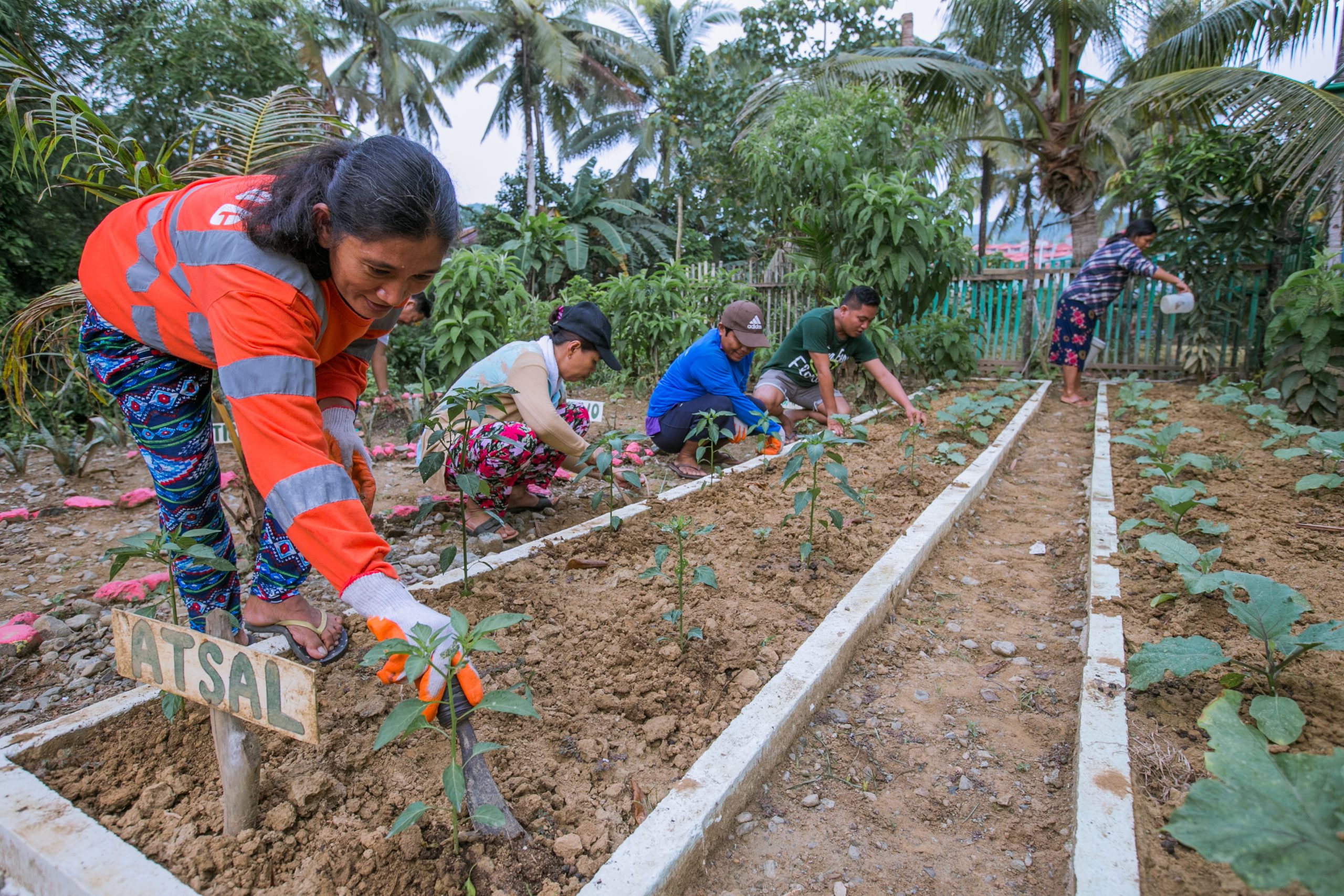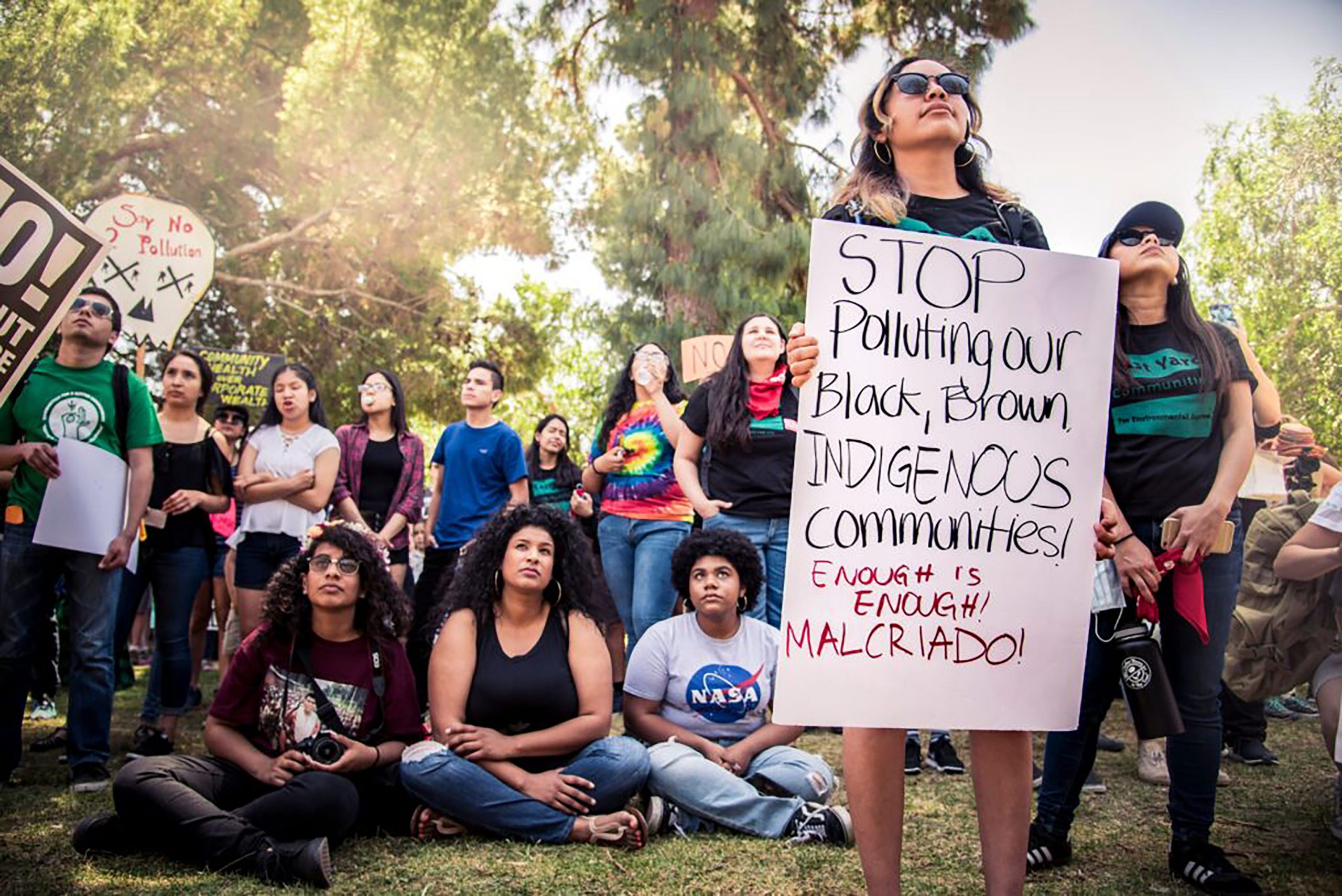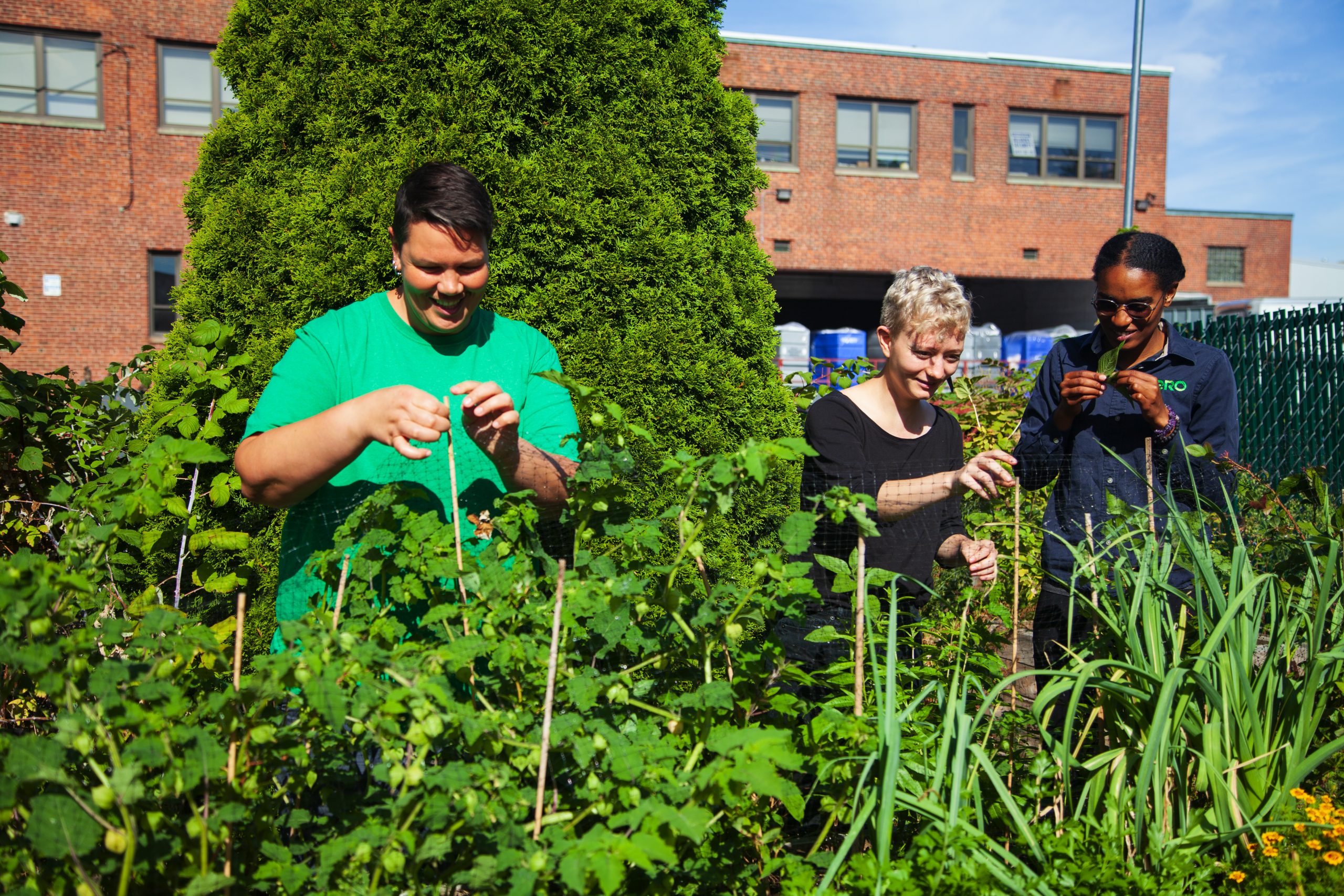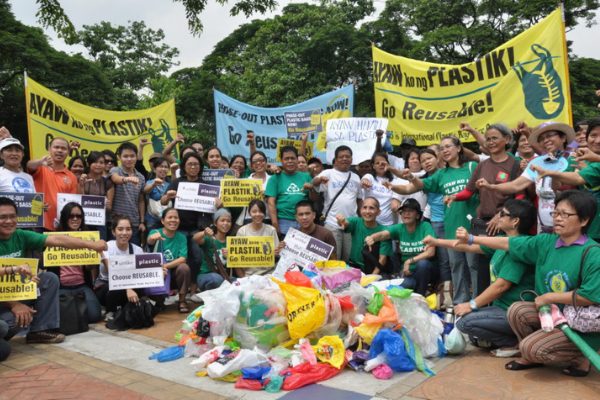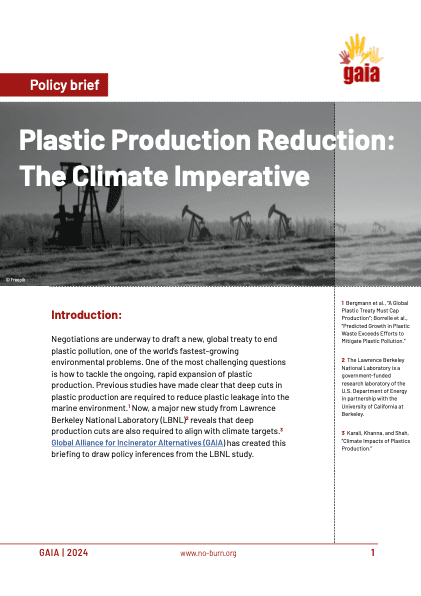This report uses independent empirical research to evidence that incinerator bottom ash is insidiously hazardous and under-regulated. Risk is heightened by the fact that testing methods for its use as a building material are outdated. A list of fifteen concerns for public health and safety is provided in relation to the use of waste incinerator bottom ash in cement-based products and as road/pathway aggregate. Calls for the support of its use within a circular economy are premature, and, as per the precautionary principle, all ongoing usage should cease. Examination of independently analysed bottom ash provides a diagnostic on the operational steady state of waste incinerators, incidentally raising concerns about operational compliance with emissions legislation and the capacity of incinerators to produce benign bottom ash when fed with municipal solid waste.
Millions of people around the world have taken action to stop plastic pollution, and momentum is building! Soon, world leaders will gather to start negotiating a global plastics treaty—and we need to make sure it will be strong. The following briefing breaks down what would be needed for such a plastics treaty to succeed: it must be legally binding and address the entire life cycle of plastic.
Zero Waste Europe released a report highlighting the importance of a Zero Waste Circular Economy in the post-COVID-19 recovery. The “Sustainable Finance for a Zero Waste Circular Economy (ZWCE)” report addresses the current lack of clarity around the concept of ZWCE. It provides clear criteria on the activities that need to be included and prioritised under the umbrella of the Sustainable Finance by looking at the social, economic, climate, and environmental benefits. (2020)
Zero Waste is a move away from this unsustainable linear industrial system into a circular system—a system where unnecessary extraction and consumption is minimized, where waste is reduced, and where products and materials are reused or recycled back into the
market.
In Zero Waste, the resources that we use can be safely and economically recycled, reused, and composted, or turned into biogas anaerobic digestion. Zero Waste also means avoiding the use of disposable products and redesigning products that are toxic-free and built to last. Zero Waste involves:
• Reducing consumption
• Reusing discards
• Product redesign
• Shift to alternative delivery systems
• Comprehensive recycling
• A ban on waste incineration
• Comprehensive composting or biodigestion of organic materials
• Citizen and worker participation
• Policies, regulations, incentives, and financing structures to support these systems
